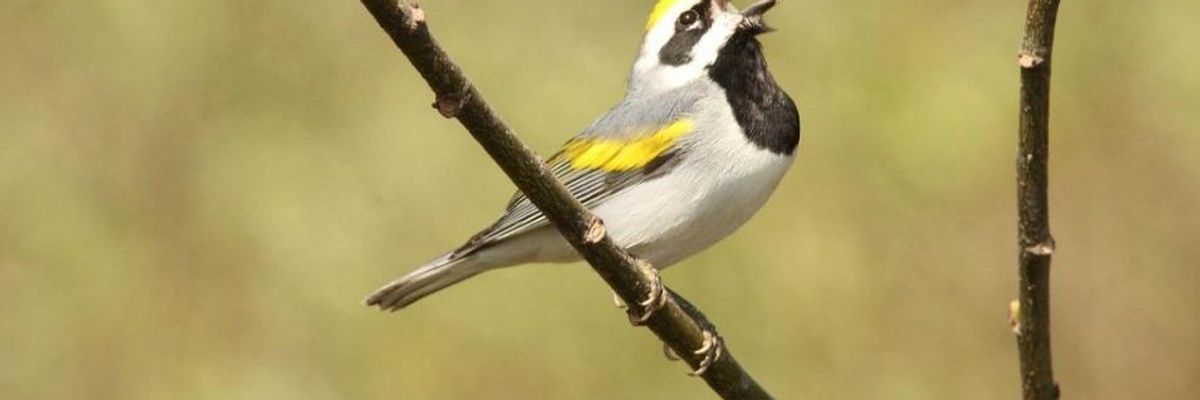It's not been a good era for migrants--and no, I'm not talking about those "caravans" of desperate human beings from Central America heading for the U.S. (and the wrath of Donald J. Trump). I'm thinking about birds--shorebirds, in fact, which are surely the greatest migrants on the planet. The Hudsonian godwit, for instance, flies more than 9,000 miles yearly to its Arctic breeding grounds. Since 1974, however, populations of that bird have taken a 70% nose (or beak) dive, part of the great shorebird die-off of this era.
In fact, bird populations of many sorts are dropping across the planet. These include mountain birds that have nowhere higher to go as global temperatures increase and the common farmland birds of France whose populations have fallen by a third, though some like the meadow pipit (at 68%) have experienced far more precipitous drops. Then, there are the birds of the Mojave Desert in California and Nevada. In those largely protected national park or preserve areas, according to a recent study, bird populations are down 42% in the last century, possibly thanks to climate change. And none of this is out of the ordinary, since it's now estimated that 40% of all bird species are in decline globally and one of every eight is threatened with extinction.
A bird I used to see every summer but no longer do--has suffered a stunning 82% decline in this country.
I've always remembered John Jay Audubon's 1813 description of a vast flock of passenger pigeons flying unceasingly overhead for three days. "The light of noon-day," he wrote, "was obscured as by an eclipse." Such flocks were once estimated to have more than a billion birds. A single Wisconsin nesting area was, in the nineteenth century, said to contain 136 million of them. Thanks to habitat destruction and overhunting--pigeon pot pie was popular fare, being "the cheapest protein on land" at the time--the last of those birds, "Martha," died in a Cincinnati zoo in 1914.
Now, it seems many other species of birds, including snowy owls (which I've tried but never succeeded in seeing), are following in Martha's wake or at least suffering severe declines. According to Audubon researchers, the bobwhite, for instance--a bird I used to see every summer but no longer do--has suffered a stunning 82% decline in this country. All of this shocks me. I was from my early teenage years a birdwatcher. I have no idea now what first attracted me to birds. All I can say is that watching them was a strange thing for a young teenager growing up in the middle of Manhattan to do, especially in an era when no boy in his right mind would fess up to such an activity (for fear of being drummed out of the corps of boys). It was a secret I shared only with my best friend. I can remember well going with him to New York's Central Park during spring migration season, when birds passing overhead have remarkably few places to land in the big city, and being shown species I wouldn't see again for decades by what were then the stereotypical Audubon types--little old people in tennis sneakers (exactly what I now am). It was a thrill at the time and remains so in memory (as every year my old friend and I still return to that park to do it all over again).
It couldn't be sadder to imagine that someday, thanks to what TomDispatch regular, environmental activist, and wildlife photographer Subhankar Banerjee terms "biological annihilation," so many of the birds I saw may no more be there for my grandchildren and great-grandchildren than the passenger pigeon was for me. Birds are, of course, only one small part of a staggering process of human-caused obliteration now underway across this planet, as Banerjee explains today. It may be the saddest story of all at a moment when humanity just can't seem to get a handle on its tendency to destroy.

